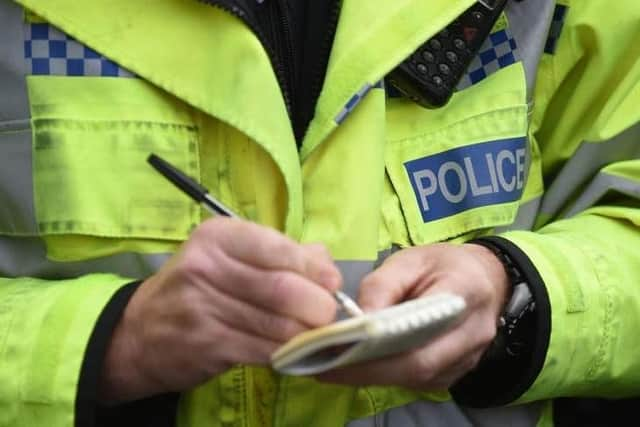How policing budgets are set against the public’s priorities - Dr Alan Billings
We begin shortly after the end of the summer holidays. I ask the Chief Constable to prepare an assessment of what the force needs for effective policing in the coming year, starting on April 1.
This involves a lot of work, thinking, for instance, about the way the force is organised – what is known as the operating model – whether new developments will require new funding and whether savings can be made.
Advertisement
Hide AdAdvertisement
Hide AdWe consider the results of the public consultation I hold each year, when I ask the public to prioritise the things they want to see the police focusing on and the things they think are less of a priority if money is tight.


This year we had 3,886 respondents – our highest response to date – from all four districts: Sheffield 37 per cent, Doncaster 23 per cent, Rotherham 22 per cent and Barnsley 18 per cent.
This time people wanted the following prioritised: dealing with neighbourhood crime (ASB, burglary, car theft and robbery), visible patrolling and engaging with communities, tackling drugs, tackling child sexual exploitation and reducing violence.
But, interestingly, people did not think that opening more police stations would be money well spent – something that would, in any case, be very expensive to do.
Advertisement
Hide AdAdvertisement
Hide AdI then determine what level of financial support might be needed from the reserves and council tax. Choices always have to be made because with finite resources it is not possible to fund everything.
When we have a balanced budget – where the estimated income is sufficient to fund the estimated expenditure – I then take the proposals to the leaders of the four district councils and the county’s mayor for their comments. They were all supportive.
After that I report to the Police and Crime Panel – district councillors from all the parties and independent members – who must give their approval: they did this unanimously.
Finally, at a meeting of the Public Accountability Board, I asked the Chief Finance Officer to present the report so that I could formally accept the budget and set the precept. You will soon see that decision on your council tax bill.
Advertisement
Hide AdAdvertisement
Hide AdAs a result of these decisions, this is what you will pay extra each week in council tax for policing in the coming year depending on the council tax band your property is in: A 17p, B 19p, C 22p, D 25p, E 31p, F 36p, G 42p and H 50p.
More than half of our properties in South Yorkshire are in Band A, 56.9 per cent.
Inevitably there are always uncertainties in the budget.
We have to make the best estimate we can about such things as: the cost of energy – heating and lighting police buildings; the cost of fuel; the demands of overtime – if there is a big event or series of demonstrations that require policing.
This is why, as the year goes on, I have also required a monthly report monitoring spending so we can make adjustments if necessary to keep to budget. But it can never be an exact science.
A shortened version of the Police and Crime Commissioner for South Yorkshire’s latest blog post.
Comment Guidelines
National World encourages reader discussion on our stories. User feedback, insights and back-and-forth exchanges add a rich layer of context to reporting. Please review our Community Guidelines before commenting.